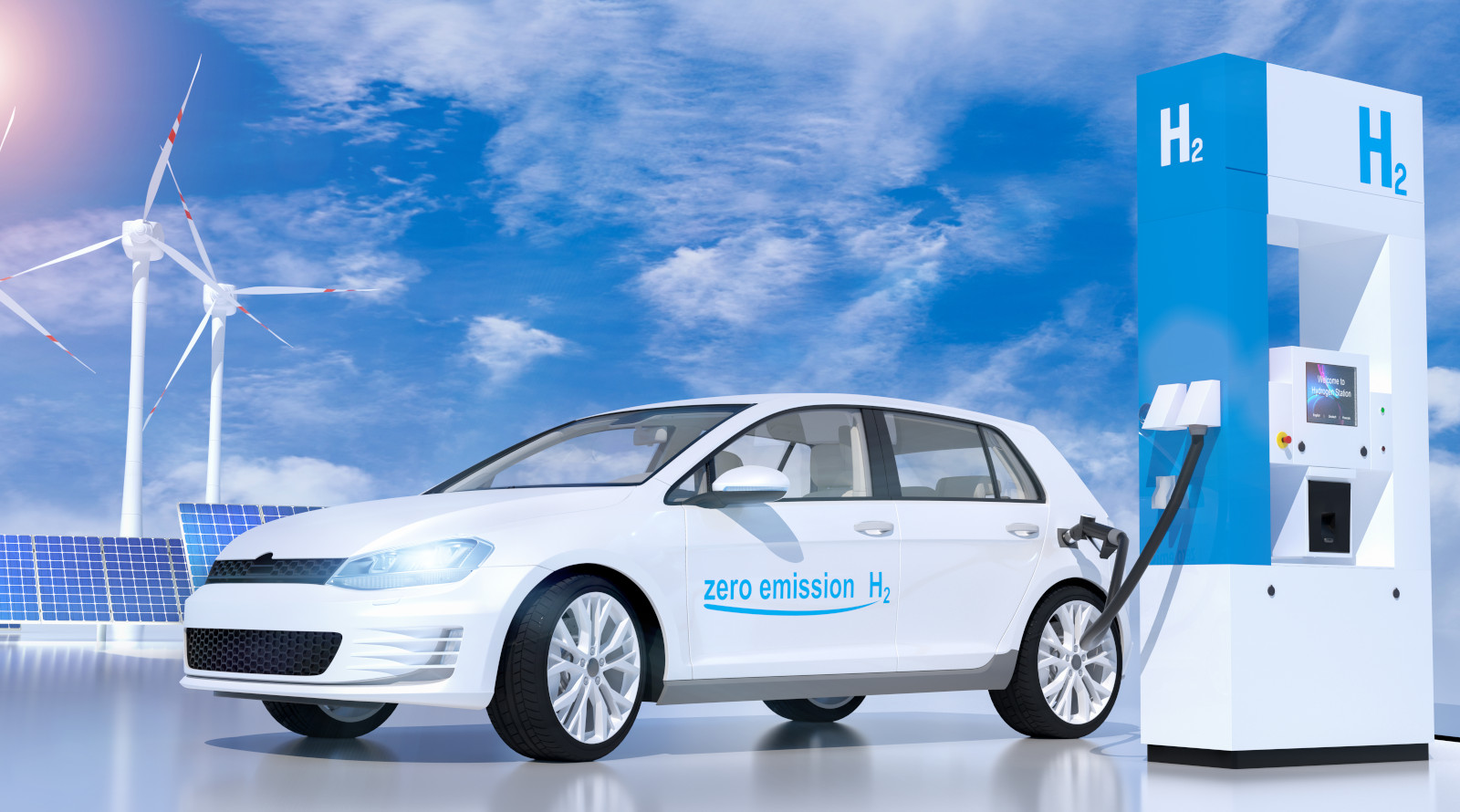The fuel cell industry is a rapidly increasing market segment and well poised to achieve $7.2 billion by 2030. The primary industries that are driving the increased demand for fuel cell applications include automotive, stationary and supplemental power, and portable electronics. Governments, businesses, and academic institutions are making significant investments in both the required infrastructure as well as the R&D needed to manufacture fuel cell components. These investments are promoting innovations, enhancing performance, and bringing down the cost for fuel cell products.
Depending on the fuel source, the fuel cell market can be broken down into three types: hydrogen, ammonia, and methanol. Hydrogen fuel cells have dominated the market due to its ability to generate a high-power density in a smaller lighter weight design. Additionally, hydrogen fuel cells can achieve quick refueling times that enables speedy deployment of commercial vehicles.
According to US Department of Energy, fuel cell generators work like batteries but they do not run down or need recharging. They produce electricity and heat as long as the hydrogen fuel is supplied. A fuel cell consists of a negative electrode (anode) and a positive electrode (cathode). A catalyst between the two electrodes separates the hydrogen molecule into protons and electrons and creates a flow of electrons (electricity). The electricity is captured and used to power the mechanical components of the vehicle.
The anode and cathode electrodes are often referred to as bipolar plates. The small channels formed into the bipolar plates introduce hydrogen and air to the membrane electrode assembly and coolants (water or air) for thermal management. (Figure 1) The most common materials used in bipolar plate production are metallic, molded composite graphite, and flexible graphite.

Figure 1
NeoGraf Solutions specializes in the production of GrafCell™ flexible graphite that can be used to create bipolar plates for fuel cells. GrafCell flexible graphite holds a number of advantages over the other bipolar plate material options, including:
- The embossing process used to create the channels in flexible graphite allows for greater flexibility and more complex designs.
- The embossing and impregnation process can be scaled up for faster processing speeds which helps speed production and reduces cost.
- The continuous graphite sheets provide better thermal and electrical conductivity compared to the other alternatives.
- The non-corrosive nature of graphite provides a longer use life when compared to metallic components.
- Flexible graphite provides a strong yet forgiving matrix that avoids the brittle nature of other material options.
- Flexible graphite can be embossed on each side of the sheet yielding dual channel formations. Sheets can be compressed to very thin profiles which yields greater power output per unit length of the fuel cell stack.
Vehicles made from flexible graphite bipolar plates have been in use since the early 2000’s and have accumulated millions of run time hours in bus, automotive, and forklift applications. NeoGraf Solutions was integral in the research and design efforts needed to create the first fuel cell modules. We continue to innovate our materials and processes needed to support this expanding market. Our flexible production process can manufacture graphite sheets at various thickness and densities to accommodate various bipolar plate designs (Figure 2).

Figure 2
NeoGraf Solutions is more than just a supplier of flexible graphite; we have the knowledge and expertise needed to help in the design and manufacture of bipolar plate systems. NeoGraf is the only North American manufacturer that can continuously chemically treat raw graphite and properly expanded graphite into flexible sheets that can be rolled for high volume bipolar plate manufacturing. Our manufacturing processes can provide a wide variety of sheet width, thickness, aerial weights, and material purity.
For more information, please visit www.neograf.com.
# # # #
Author: Jim Derrigan – NeoGraf Solutions Regional Sales Manager


